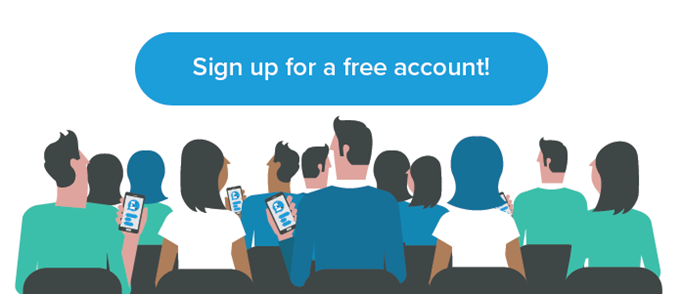Town Hall Meetings have become a staple of global management. The purpose of a Town Hall Meeting is to give a voice to the many and to inform the decision making of the few by soliciting the broadest possible range of opinions. It has historical antecedents. In the Athens of the 5th Century BC, those who were eligible (all of them property owners, and all of them, inevitably, men) met 40 times a year in the Agora to exchange ideas, to share insight and to formulate decisions. In a deliberate attempt to replicate the ancient world, the first Town Hall in the United States was established in Dorchester, Massachusetts, in 1633.
As the Smithsonian Magazine has noted, it was intended to allow decision making in the New World to reflect the input of the many as opposed to the prevailing Absolutism of the Old World where decision making pretty much reflected the input of the One alone (Charles 1st of England, for instance). Per the town’s court records, every Monday at the sound of an 8 am bell, townspeople held a meeting to settle and establish “such orders as may tend to the generall good as aforesayd.” The practice soon spread throughout New England as an effective means for citizens to give voice to their opinions on the important issues of the day. This local political tradition became an integral part of the civic psyche and explains why the Town Hall was first adopted as a business tool in the US.
Done well the Town Hall Meeting is a highly effective business tool. It nurtures engaged employees. Bain and Company have summarised the benefits of accurately gauging the opinions and concerns of employees as follows: Engaged employees go the extra mile to deliver. Their enthusiasm rubs off on other employees and on customers. They provide better experiences for customers, approach the job with energy—which enhances productivity—and come up with creative product, process and service improvements.
They remain with their employer for longer tenures, which reduces turnover and its related costs. In turn, they create passionate customers who buy more, stay longer and tell their friends—generating sustainable growth. Organizations with highly engaged employees often seem to be powered by an inner force, a mantra that crystallizes the company’s processes and employee attitudes into a compelling summation of “what we’re all about.”
But Town Hall Meetings are only effective if they elicit honest, considered responses. A monologue seldom produces an engaged, receptive audience. This is where Vevox adds value. Vevox allows all participants to share ideas, concerns, suggestions and feedback from their device. Every opinion counts. The organiser of the Meeting can readily switch to anonymous mode to encourage complete honesty. Equally, the responses can be moderated. Executives can hold Town Hall Meetings in multiple time zones and locations at once. A typical format is for the executives to make a presentation incorporating Microsoft PowerPoint and the Vevox PowerPoint Add-in transforms otherwise lifeless presentations into energetic, productive conversations. Polls can either be created beforehand or as the session unfolds, displaying results on screen or storing them for subsequent analysis to enhance management insight.
The Town Hall meeting can too easily become the prisoner of technology; a peroration by a talking head to a disparate collection of inert and disenfranchised employees. Vevox deploys technology to recapture the initial purpose and vitality of the Town Hall.





